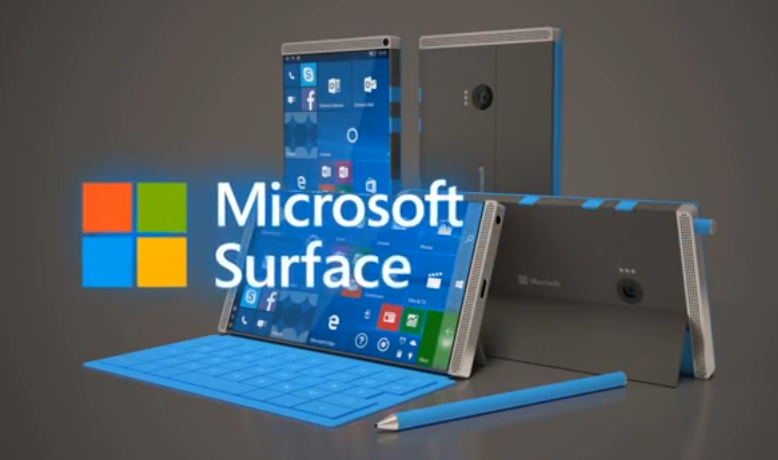We recently reported that Qualcomm had revealed three of the first OEMs (original equipment manufacturers) who will sport Windows 10 running on Snapdragon 835 processors for “mobile PCs.” That brings the elusive Surface Phone to the surface once again, along with Microsoft’s and Qualcomm’s join efforts to bring Windows 10 on ARM to Qualcomm’s Snapdragon series of mobile processors.
The story is evolving into its next phase, as three big-name PC manufacturers jump into the fray: HP, Lenovo and ASUS. It’s a sure bet that we’ll be seeing the cellular PC launching in a matter of a few months, possibly as early as Q4 2017, as indicated by Qualcomm’s CEO Steve Mollenkopf during their recent earnings call.
What are the implications for the PC market?
By definition, PCs cover desktop computers, but they also include devices that are mobile, such as laptops, tablets and hybrid devices. So far, the mobile and PC markets have been distinct from each other. They have their own operating systems, their own dominant chipmakers, their own apps ecosystems, their own key device makers and so on.
Those lines of separation are beginning to blur of late, and Microsoft’s push to make Windows 10 a truly cross-device experience is finally making some headway. And the entire concept is based on the elusive Surface Phone.
We know that we’re not likely to ever see a device released under that name, but the concept is still the same even though the name has changed. It first changed into “cellular PC” back in 2016 when Microsoft and Qualcomm announced their Windows 10 on ARM project, and now it’s become “mobile PC.”
“By now, every Microsoft follower knows that the company’s plans for the mobile space no longer follow traditional lines. The fact that they look at mobility in an entirely different way from Apple or Google, coupled with the push to make Windows 10 a cross-device platform, logically leads to the conclusion that they want to create a smartphone-PC hybrid in the future – if they ever get into that space again.
The possibility of that future has now received what could be its strongest validation to date. Microsoft today announced that they will be launching Windows 10 devices that will run on ARM hardware, with compatibility with 32-bit Win32 applications. Windows itself will use the traditional 64-bit ARM code running natively, but apps with 32-bit binaries that are compatible with the emulation layer will also be supported.
The challenge for Microsoft, until now, was finding the right hardware partner to make this a reality. With Intel’s Atom Systems-on-Chip now axed and AMD shifting focus towards the server market, Microsoft has apparently decided that they can no longer depend on hardware vendors to make their own dreams come true.” – 1redDrop.com
That last bit has now changed with Qualcomm squarely in the picture on the silicon side, and some of the world’s largest PC makers are now behind Microsoft on the OEM front. But it took Microsoft a long time to get them to where they wanted them to be.
Now that the hardware vendors are in place, it’s only a matter of time before the Surface Phone concept becomes reality – after so many years of being a mere rumor.
We believe that these vendors will initially release slightly larger devices – possibly tablet-sized – before moving into the smartphone-size segment. We know that these are going to be fanless devices, and they will be a lot closer to smartphones than PCs because they’re going to run on cellular processors and modems, so they’ll be “always connected.”
There could be other technological challenges to overcome before the Surface Phone concept can come of age, but the ball has been set rolling, and it’s only a matter of time before these mobile devices start eating into the PC market in a big way.
Thanks for visiting! Would you do us a favor? If you think it’s worth a few seconds, please like our Facebook page and follow us on Twitter. It would mean a lot to us. Thank you.



